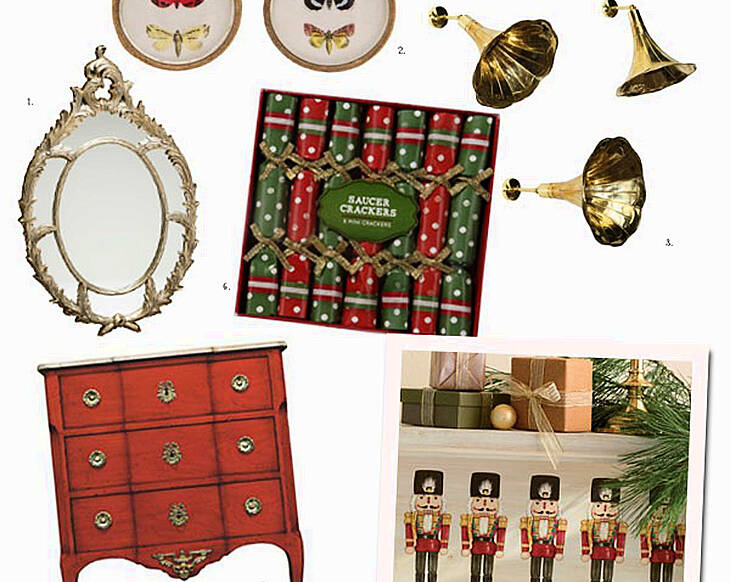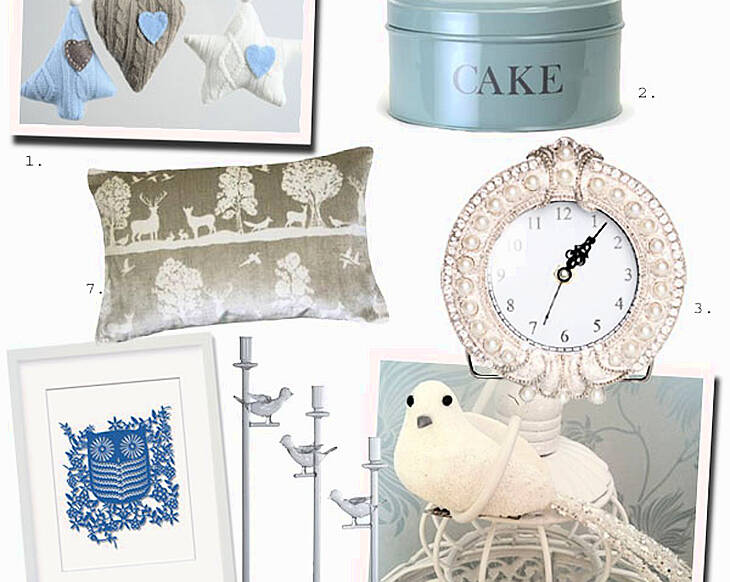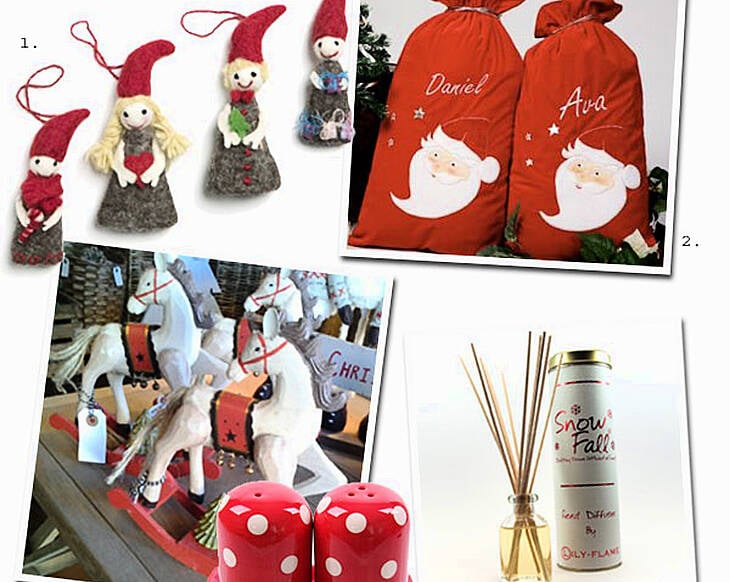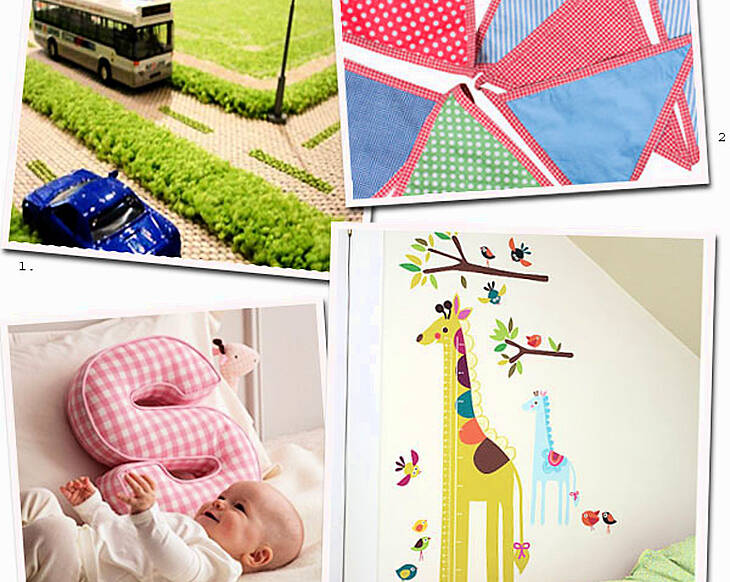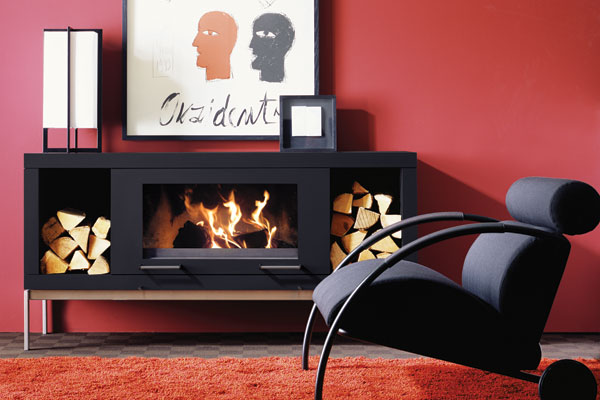
The Balance Compact wood burning stove priced at €5,990 from Mary Ryder Designs
In these uncertain economic times, everyone is looking for ways to reduce their expenses without compromising their quality of living. In an ideal world, most home owners would love to heat their houses using a renewable energy source in the most cost efficient way possible. The biggest conundrum however is which comes first, your budget or the environment?
Here are eight different ways to warm your house...
(Words: Jessica Whyte)
8. Fireplaces:
The traditional fossil fuel fireplace is the centrepiece of a many households. Though it scores relatively low in the heat efficiency charts it is the cosy atmosphere created by a fireplace that warms a room. A feature of the fireplace that is often overlooked is that home owners can monitor heating bills by controlling the amount of coal, briquettes or wood that they burn, thus doing away with unexpected heating bills.
7. Bio ethanol fireplaces:
Bio ethanol fireplaces are the latest addition to the fireplace family. Instead of using coal, wood or briquettes, they are fuelled by a renewable modern energy (denatured ethanol) that burns clear. The versatility of the bio-ethanol fireplace means that you can use it both indoors and outdoors, but if you prefer to create the ambiance of a traditional fire they can be mounted to your wall.
6. Stoves:
Stoves are, above all, a multi-functional appliance that can used to cook food, boil water and heat your home. Both solid fuel and electric options are available. The latest stove from Waterford Stanley can heat up to 30 radiators in a single house alongside its traditional stove duties.
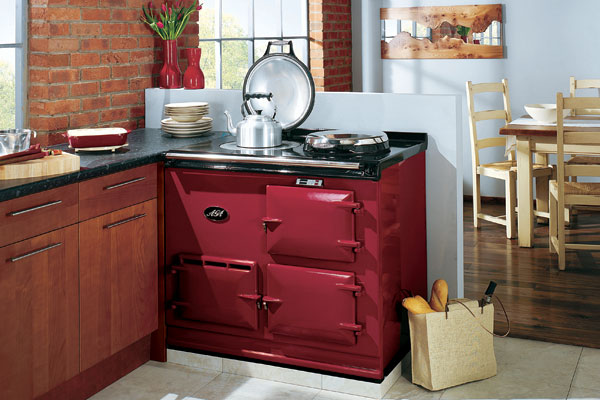
This Aga gas model is priced at €8,795 and can be operated by remote control
5. Wood pellet stoves:
A popular heating option for eco-conscious homeowners, domestic pellet fuel stoves burn small pellets that can be made of woodchips or agricultural crop waste. In terms of convenience and air cleanliness, wood pellet stoves are easier to maintain and operate than standard fireplaces and also produce far less air pollution.
4. Radiators:
When you look at todays range of domestic radiators, you could easily mistake them for pieces of sculpture. It has become increasingly fashionable nowadays to use the radiator not only as a heating source, but also a focal visual point for a room. Many new models can now function separately to the central heating system, which means that you can still warm your towels when the central heating is switched off. The Alurad model uses only one litre of water per 1000k/cal of energy generated, in comparison with an average of seven litres with a conventional radiator, and the physical size of the radiator is half that of a conventional radiator.
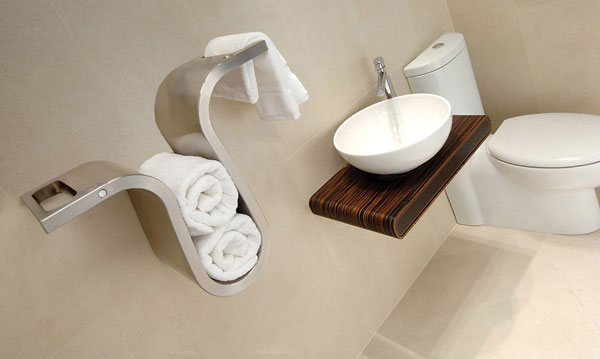
Designer radiator and towel warmer called ‘Aroma’ available at Vogue Bathrooms for ?3,500/€4,117
3. Geo thermal heating:
The geothermal system captures the constant temperature of the earth and transports it from the ground to a heat pump, which then distributes the heat source to regular radiators and hot water cylinders. The energy that is generated by a ground source heat pump is 100 per cent renewable. In the summer the system can also be used to cool your home by transporting the heat to the subsoil, which will also save money.
2. Under floor heating:
Under floor heating is regarded scientifically as the best method of heating the human body in your home, based on the principle that heat rises. Other heating appliances lose heat because they emit the heat higher into the air, which will evaporate more quickly. Under floor heating requires a very labour intensive form of installation, which will affect the cost. Nevertheless, the actual cost of running the system is respectively lower than standard heating systems, as a lower temperature is required to sufficiently heat the room.
1. Solar panels:
There have been many developments in the manufacturing of domestic solar panels in the past few years that have resulted in an increase in their popularity and use in Irish homes. Though solar panels do not come cheap, ranging from €4,500 to €6,500 for the panels and installation, they can provide up to 70% of your annual hot water needs, are extremely eco-friendly and come with a minimum 10 year guarantee.
Share your knowledge:
Which heating system do you use in your home - do you have a traditional fireplace or have you opted for something more environmentally friendly? Tell us in the comments!







